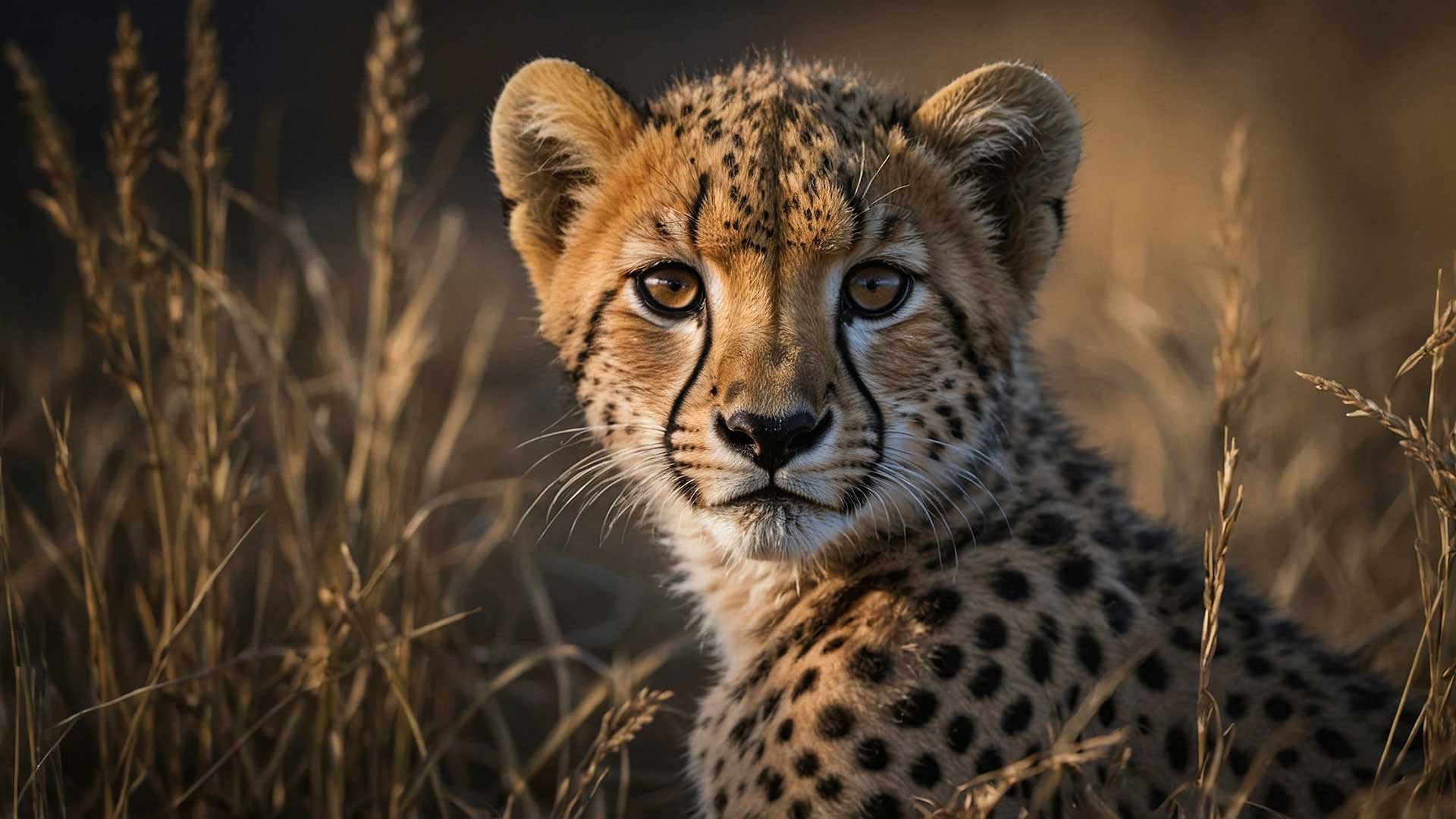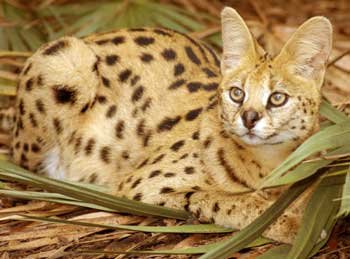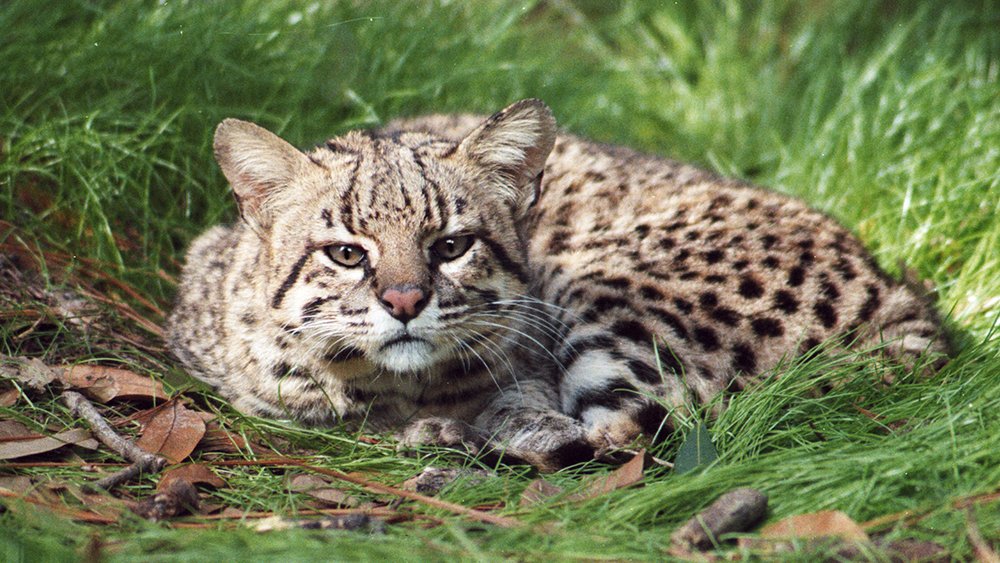Photos & Facts
Our Living Cats | Our Past Cats | Our Former Rehab Bobcats | Scroll to Bottom for Alphabetized Lists

Stealing photos is wrong and stealing our photos is like taking food right out of the cats' mouths. We are serious about protecting our cats and have pursued copyright and trademark infringements all the way through to over a million dollar judgment against the perpetrator. We have hundreds of beautiful exotic cat images for sale at BigCatRescue.biz
The Great Cats
Jaguar Facts, Photos, Maps and Sounds
Leopard Facts, Photos, Maps and Sounds
Lion Facts, Photos, Maps and Sounds
Snow Leopard Facts, Photos, Maps and Sounds
Tiger Facts, Photos, Maps and Sounds
The Lesser Cats
Andean Mountain Cat Facts, Photos and Maps
Black Footed Cat Facts, Photos, Maps
Bobcat Facts, Photos, Maps and Sounds
Canada Lynx Facts, Photos, Maps and Sounds
Caracal Facts, Photos, Maps and Sounds
Cheetah Facts, Photos, Maps and Sounds
Chinese Mountain Cat or Chinese Steppe Cat Facts, Photos, Maps
Clouded Leopard Facts, Photos, Maps
Cougar AKA Mountain Lion, Puma, Panther Facts, Photos, Maps and Sounds
Fishing Cat Facts, Photos, Maps and Sounds
Flat Headed Cat Facts, Photos, Maps
Florida Panther Facts, Photos, Maps
Geoffroy Cat Facts, Photos, Maps and Sounds
Golden Cat Facts, Photos, Maps
Iberian Lynx Facts, Photos, Maps
Iriomote Cat Facts, Photos, Maps
Jaguarundi Facts, Photos, Maps
Jungle Cat Facts, Photos, Maps and Sounds
Leopard Cat Facts, Photos, Maps and Sounds
Marbled Cat Facts, Photos, Maps
Ocelot Facts, Photos, Maps and Sounds
Pallas Cat Facts, Photos, Maps
Pampas Cat Facts, Photos, Maps
Rusty Spotted Cat Facts, Photos, Maps
Serval Facts, Photos, Maps and Sounds
Siberian Lynx Facts, Photos, Maps and Sounds
Domestic Cats and Domestic Cat Hybrids
Domestic Cat Facts, Photos, Maps and Sounds
Hybrids: Bengal Cats, Savannahs, Chausies, Safari Cats & Pixie Bobs



























